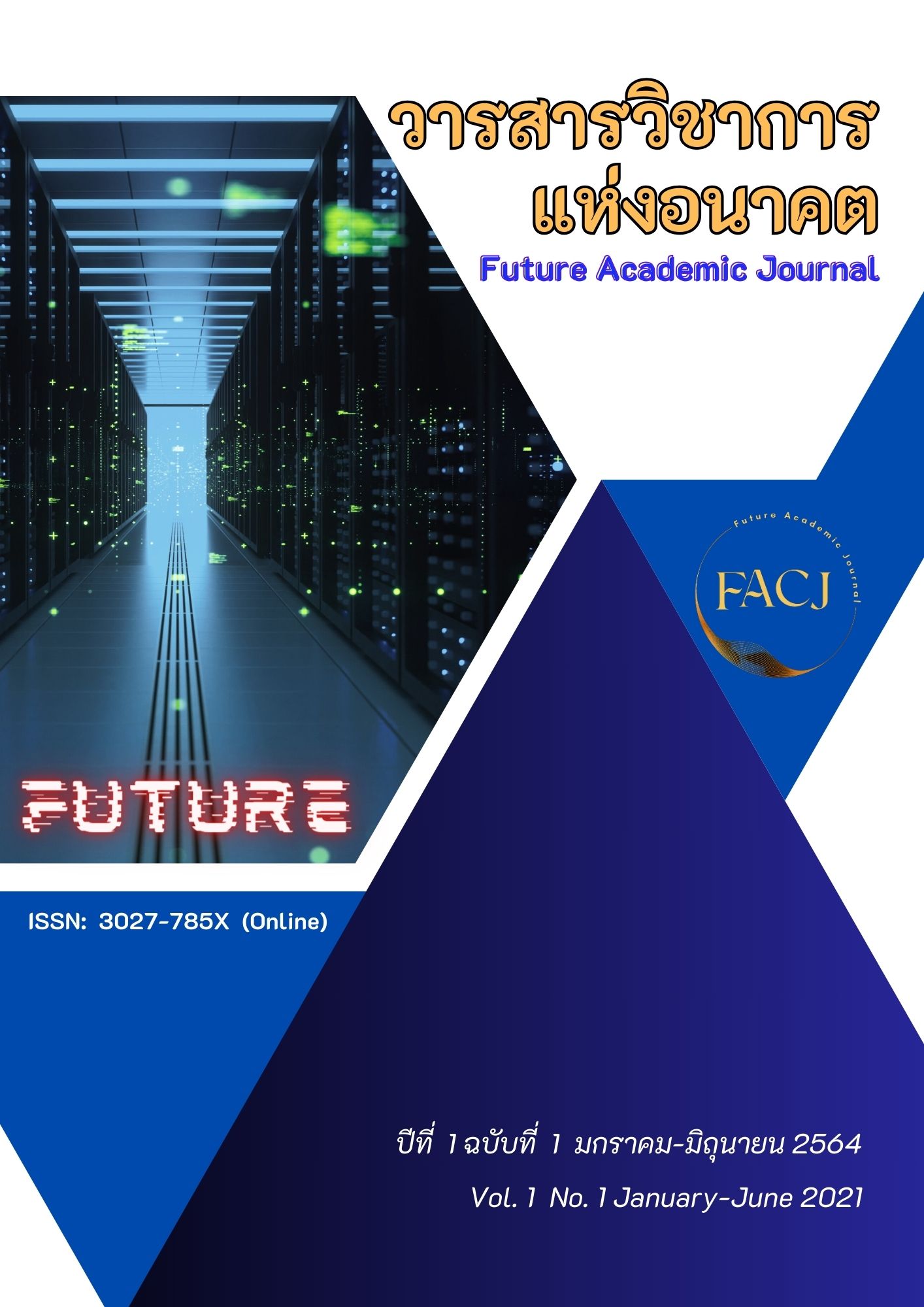A Guideline of The Insight Meditation Practice in The Center of Wat Pa Champakhaed Hatchaiphong, Vientien City, in Lao People’s Democratic Republic
Main Article Content
Abstract
This research aims to 1) to study the Buddhist concept of Vipassana, the practical quintessence of the teaching of the Buddha, in Theravada Buddhism 2) to study Vipassana Meditation Practice process at Wat Pa Sampakhad, Hadsaifong Village, Vientiane Lao PDR. and 3) to study the positive influences and advantages of Vipassana Meditation Practice at Wat Pa Sampakhad Meditation Center to the meditators. The research utilizes a qualitative method and area-based study which collected and complied data by documentary review, participatory observation and in-depth interview.
The research findings emerged as follow:
1) As the Buddhist concept of Vipassana, The Satipatthana or the Four Foundations of Mindfulness have been emphasized as the one and only way for the purification of beings. The discourse describes various meditation objects classified into four groupings. These are to be applied to develop mindfulness of things as they really are. They are: Kayanupassana Satipatthana: Body Contemplation, Vedananupassana Satipatthana: Feeling contemplation, Cittanupassana Satipatthana: Consciousness Contemplation, Dhammanupassana Satipatthana: Mental Object Contemplation.
2) Vipassana meditation: the development of insight, at Wat Pa Sampakhad Meditation Center, Hadsaifong Village, Vientiane, Lao PDR. is mainly based on the Four Foundations of Mindfulness as mentioned in the Satipatthana Sutta and The Visuddhimagga text. These are to be applied to develop mindfulness of things as they really are. One can learn and practice Vipassana Meditation in class at Wat Pa Sampakhad Meditation Center.
3) With engaging in Vipassana Meditation at Wat Pa Sampakhad Meditation Center, the mediators do not only gain knowledge on the Buddha’s teachings: Satipatthana Sutta, realize the realization of the nature of existence but can enhance their consciousness and get a decent life quality also. Besides, Vipassana Meditation have been shown to positively affect quality of life, empowers community capacity for self-reliance, particularly generate faith, wisdom and knowledge as immunity against changes
Article Details

This work is licensed under a Creative Commons Attribution-NonCommercial-NoDerivatives 4.0 International License.
References
ขุนสรรพกิจโกศล (โกวิท ปัทมะสุนทร). (2537). ลักขณาทิจตุกะแห่งปรมัตถธรรม. พิมพ์ครั้งที่ 3. กรุงเทพฯ: รุ่งเรืองวิริยะพัฒนา.
พระศรีวรญาณ วิ. (2554). หลักการปฏิบัติกัมมัฏฐานในพระไตรปิฎก ใน เก็บเพรชจากคัมภีร์พระไตรปิฎก. พิมพ์ครั้งที่ 2. กรุงเทพฯ: มหาจุฬาลงกรณราชวิทยาลัย.
พระธรรมปิ ฎก (ป.อ. ปยุตฺโต). (2538). พุทธรรม ฉบับปรับปรุงและขยายความ. พิมพ์ครั้งที่ 11.กรุงเทพฯ: มหาจุฬาลงกรณราชวิทยาลัย.
พระพรหมคุณาภรณ์ (ป.อ. ปยุตฺโต). (2551). พุทธศาสน์ ฉบับประมวลศัพท์. พิมพ์ครั้งที่ 11. กรุงเทพฯ: มหาจุฬาลงกรณราชวิทยาลัย.
พระพรหมคุณาภรณ์ (ป.อ. ปยุตฺโต). พุทธธรรม ฉบับปรับขยาย. พิมพ์ครั้งที่ 41. กรุงเทพฯ: เพ็ทแอนด์โฮม.
พระเทพเวที (ป.อ. ปยุตฺโต). (2532). พุทธธรรม. พิมพ์ครั้งที่ 5. กรุงเทพฯ: มหาจุฬาลงกรณราชวิทยาลัย.
พระธรรมวโรดม (บุญมา คุณสมฺปนฺโน). (2550). อภิธัมมัตถวิภาวินีแปล. พิมพ์ครั้งที่ 1. กาญจนบุรี: ม.ป.ท.
พุทธทาสภิกขุ. (2535). อานาปานสติสมบูรณ์แบบ. พิมพ์ครั้งที่ 7. กรุงเทพฯ: ธรรมสภา.
พระมหาบูรณะ ชาตเมโธ. (2543). การศึกษาอิทธิพลของอายตนะ (สื่อ) ที่มีต่อการพัฒนาคุณภาพชีวิต (วิทยานิพนธ์พุทธศาสตรมหาบัณฑิต). มหาจุฬาลงกรณราชวิทยาลัย.
พระมหาปาน อานนฺโท. (2553). ธุระในทางพระพุทธศาสนา. เวียงจันทน์: โครงการพุทธศาสนาเพื่อการพัฒนา.
ราชบัณฑิตยสถาน. (2546). พจนานุกรมฉบับราชบัณฑิตยสถาน พ.ศ. 2554. กรุงเทพฯ: นานมีบุ๊ค.


